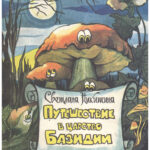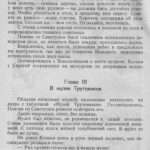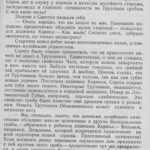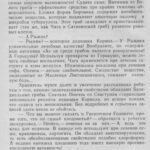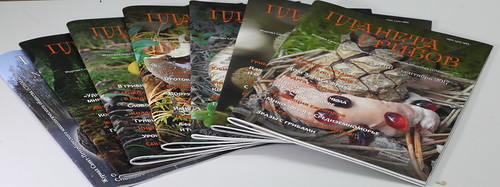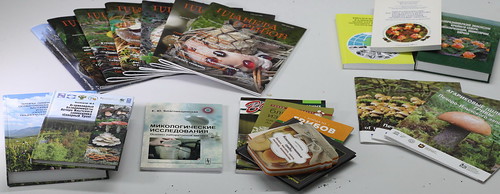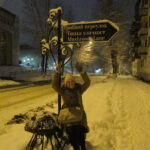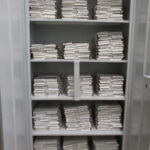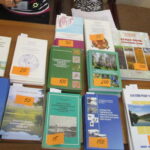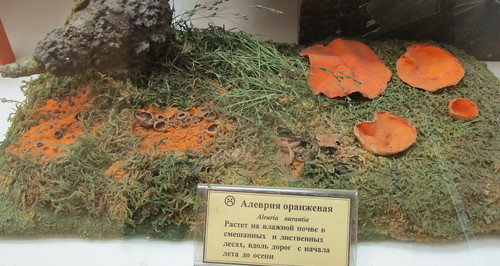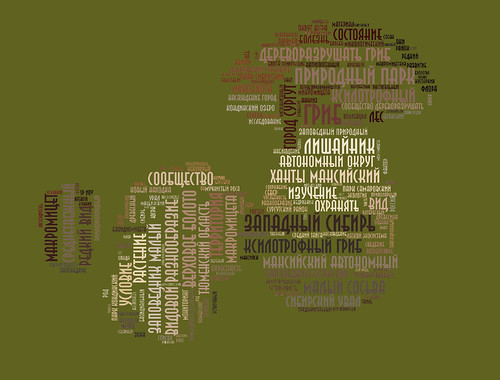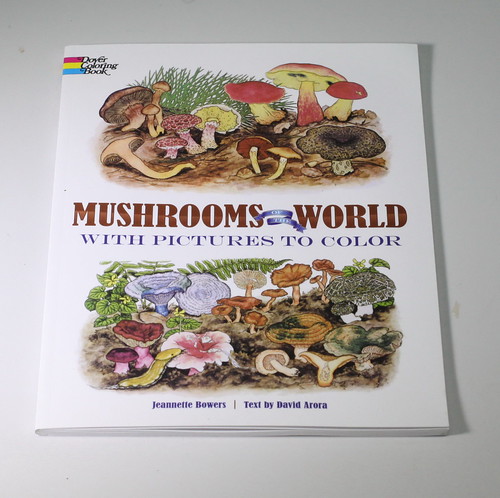Educational information for little visitors (preschoolers and schoolchildren) and their parents visiting the fungarium’s museum and Mushroom Club meetings.
К нам в Фунгарий в последнее время приходят совсем маленькие посетители, которые уже интересуются грибами! Чтобы правильно ответить на вопросы этих почемучек нужны специальные книжки, фильмы, игры. На этой странице начну собирать такого рода материал, чтобы он был под рукой.
Рисовать любят почти все дети. А раскрашивание доступно даже самым маленьким. У нас в библиотеке есть замечательная раскраска, текст к которой (на английском) написан известным микологов David Arora — Mushrooms of the world with pictures to color (под названием книги ссылка для скачивания электронной копии). Книжку в бумажном виде можно купить на Амазоне.
Из мультфильмов про грибы могу посоветовать замечательный японский сериал — аниме «Сельскохозяйственные истории — Moyashimon» (под названием ссылка на видео на yandex.ru/video). Страница в Википедии об этом сериале: https://ru.wikipedia.org/wiki/Moyashimon.
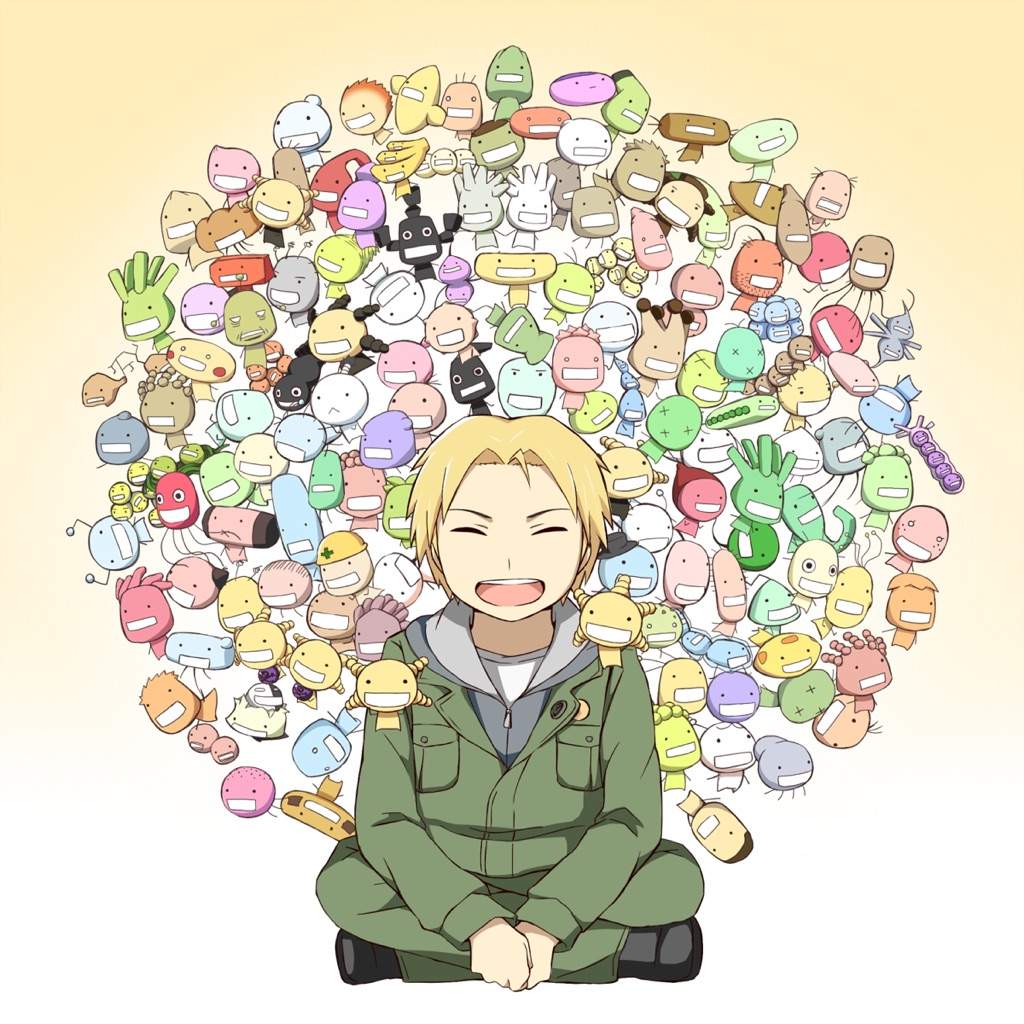
Большой методический материал для школьного образования в области микологии собран на сайте Британского микологического общества «FUNGI4SCHOOL» и в разделе «Education and Outreach«. Опираясь на эти материалы мы готовим игры и занятия для детской аудитории на фестивалях грибов в музее Природы и Человека.
Из нашей русской литературы о грибах — детям:
- Хорошо известен автор — миколог Московского университета Лидия Г. Гарибова. Ее книжки для детей могут стать хорошим введением в науку о грибах (например, Царство грибов — книга для чтения детям)
- Известный рассказ В. Сутеева «Под грибом» понравится самым маленьким, и к нему у нас в музее есть приложение — большой пазл с картинкой истории
- Книжка Алены Васнецовой «Грибное Царство» (художник Ольга Громова) — замечательное популярное издание для младших школьников
- Перевод шведской книжки «Софи в мире грибов» (Стефан Каста), выпущенный издательством Белая Ворона в 2017 году. Удивительные иллюстрации грибов в этой книге выполнены известным Шведским ботаническим художником Bo Mossberg, который работал над иллюстрациями многих научных изданий (флор, определителей).
- И наконец настоящий курс Введения в микологию в форме фэнтези или детского детектива в книге Путешествие в царство Базидии (автор — Миколог из Новосибирска, Никитина Светлана Михайловна), этой книгой зачитываются даже взрослые! На странице Наука в Сибири см. интервью с автором книги.
А вот например фильмы уже для более старших школьников, в целом о царстве грибов и их связи с нашей жизнью:
Last update: 25.02.2018

